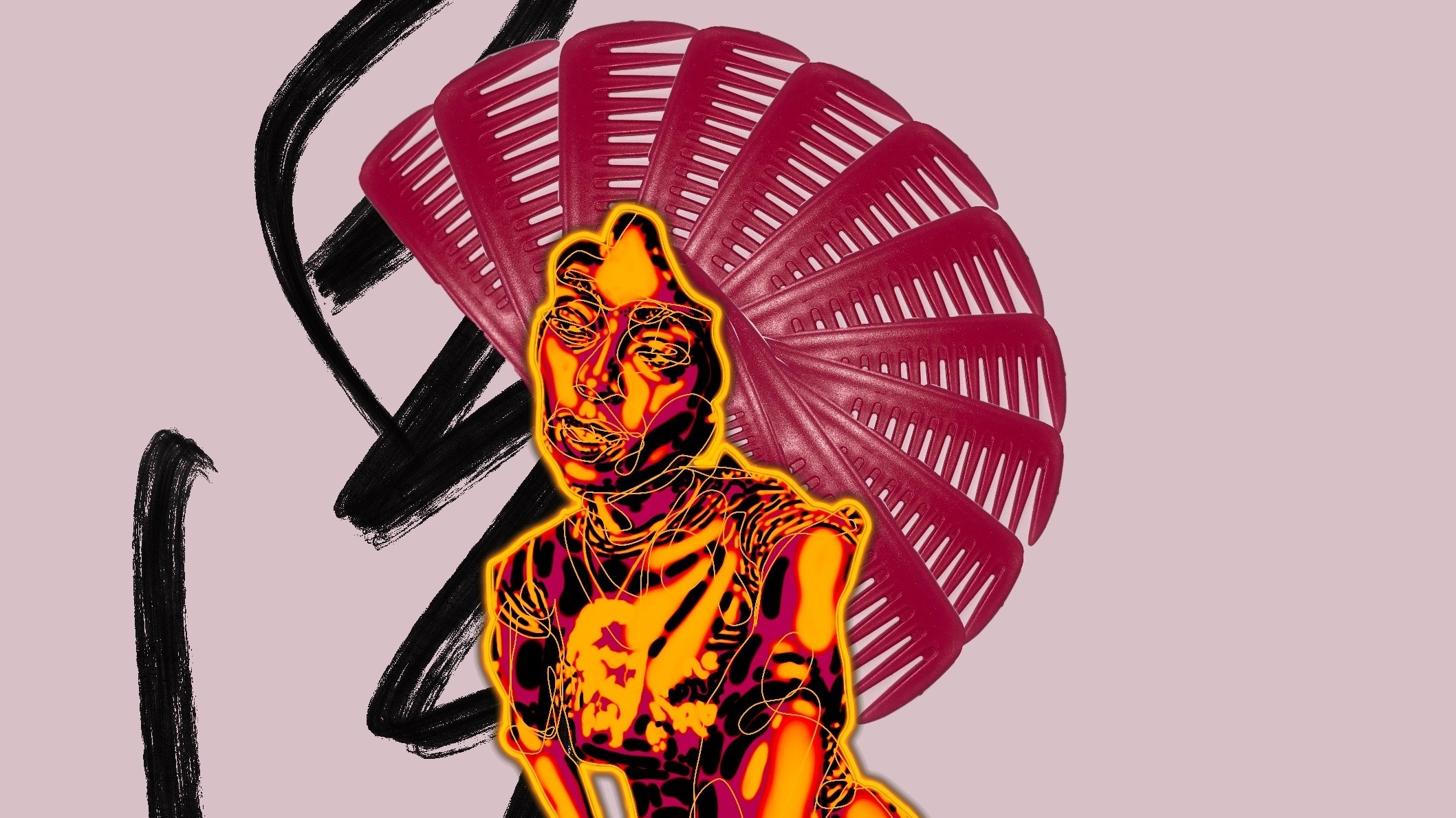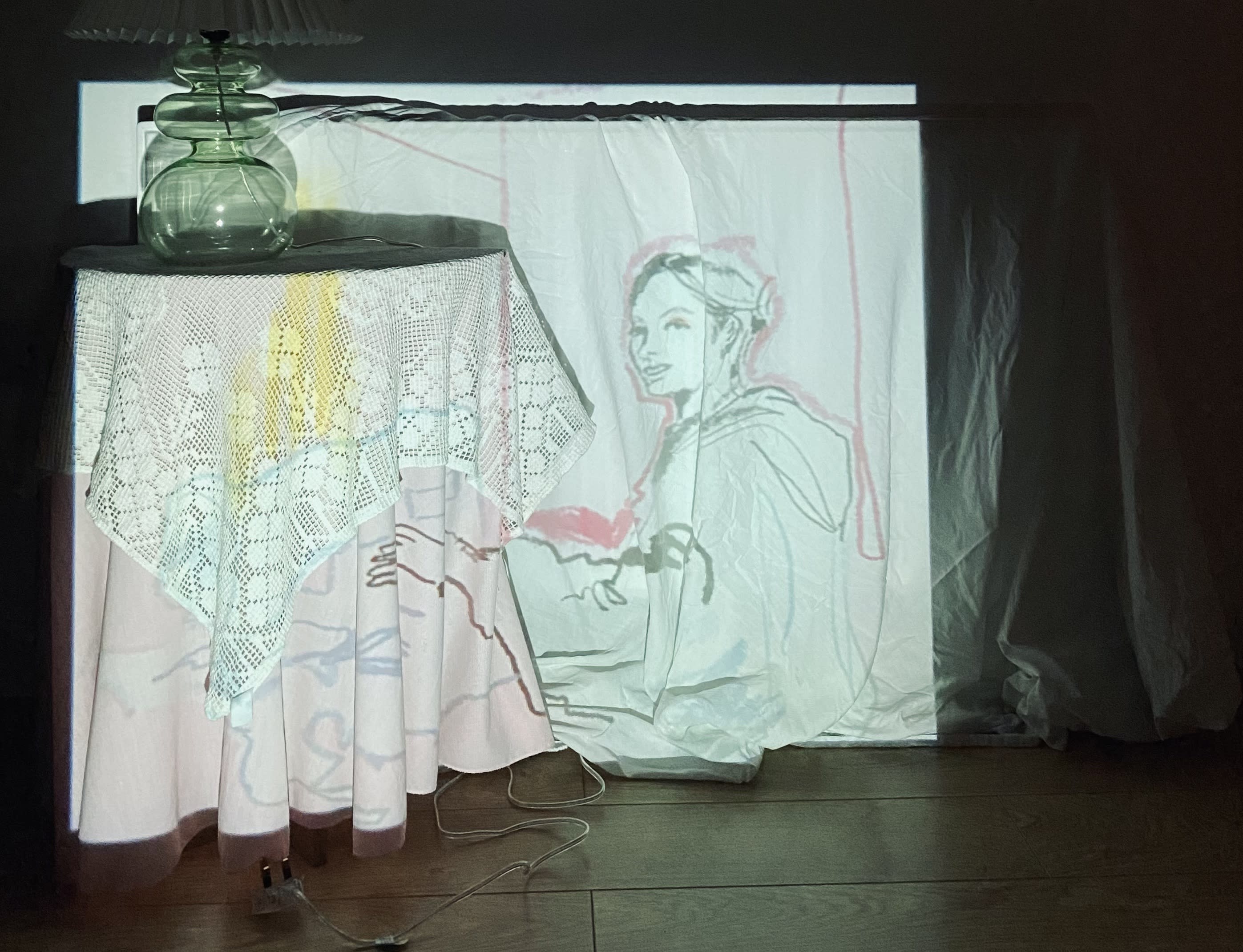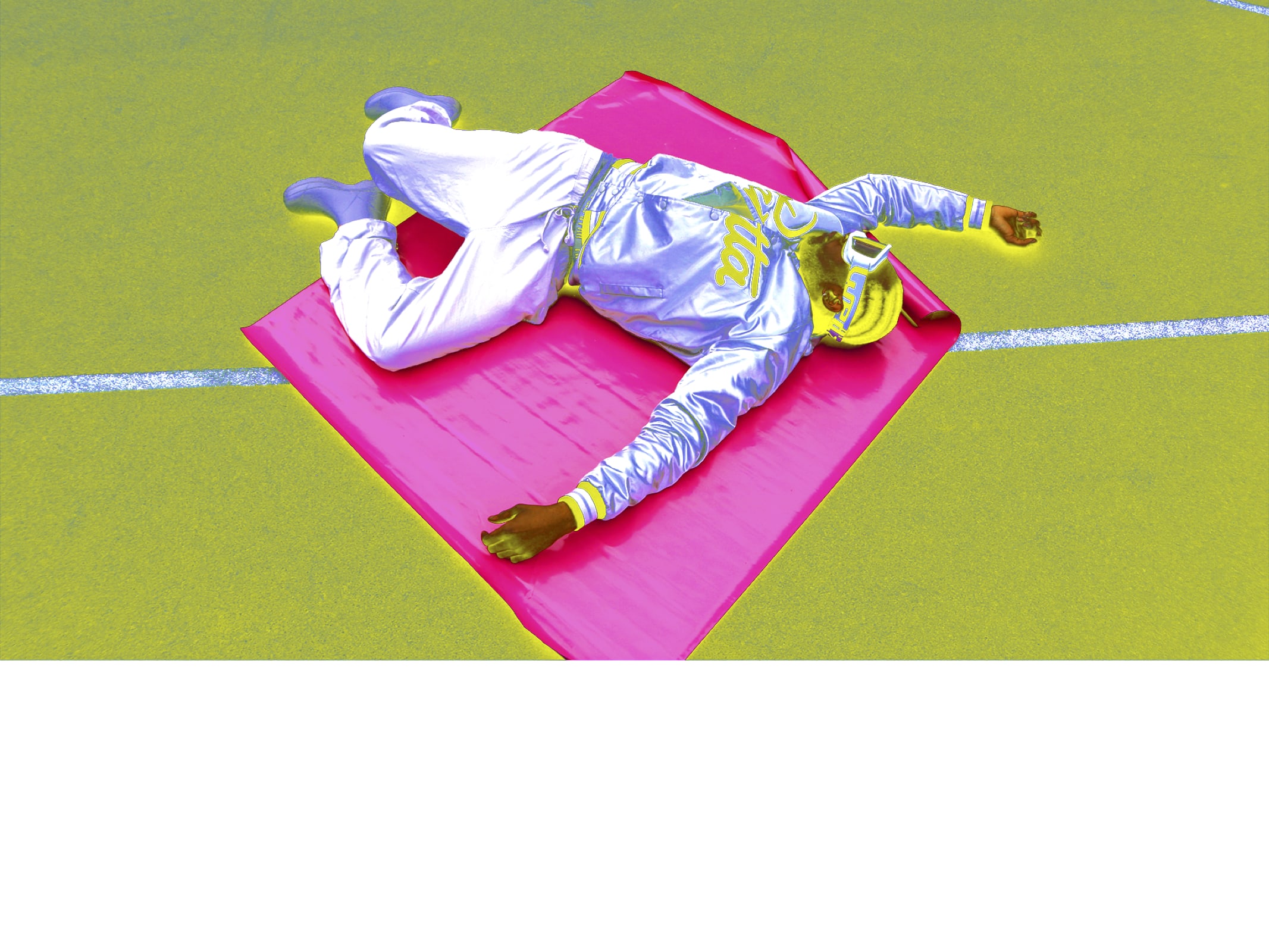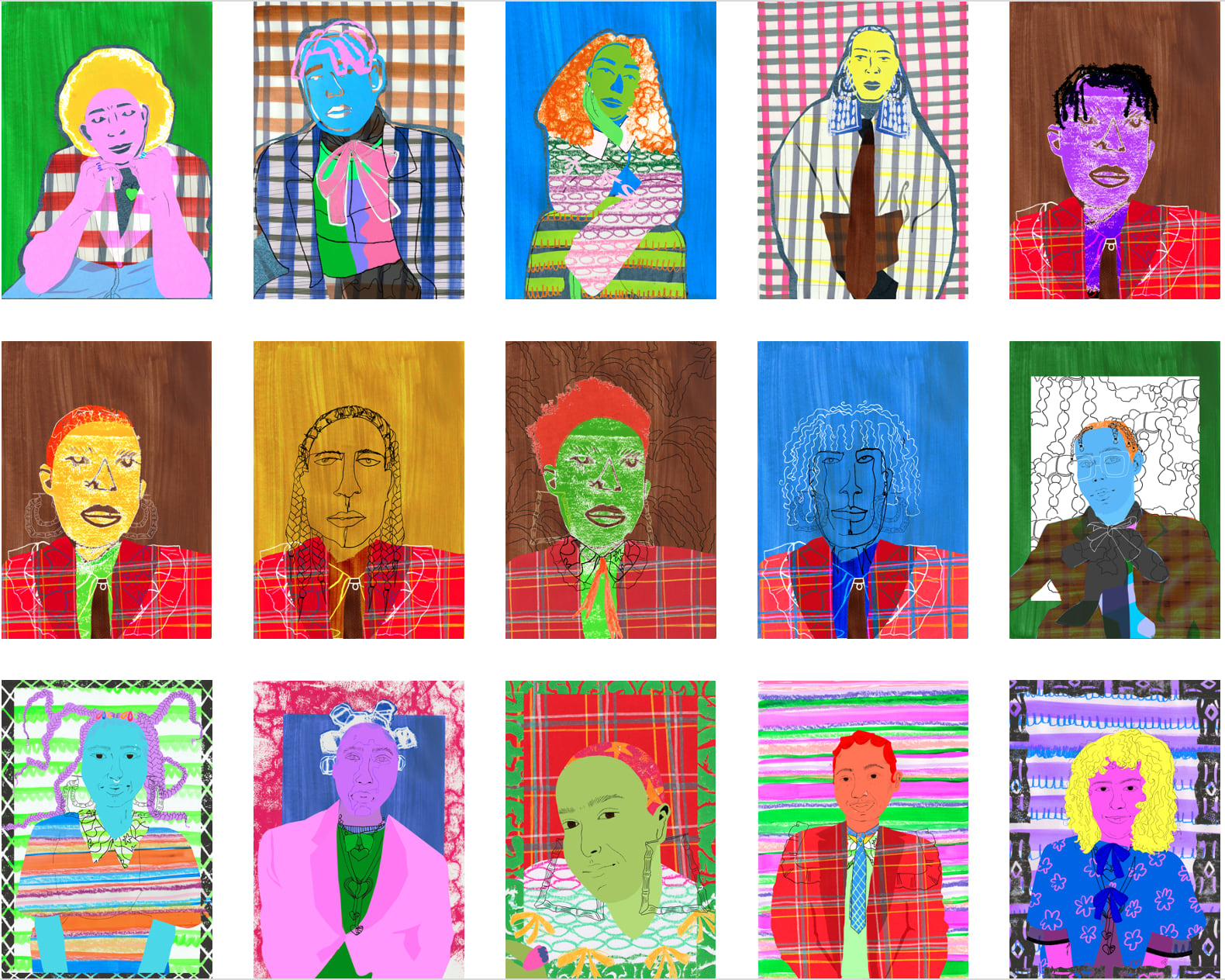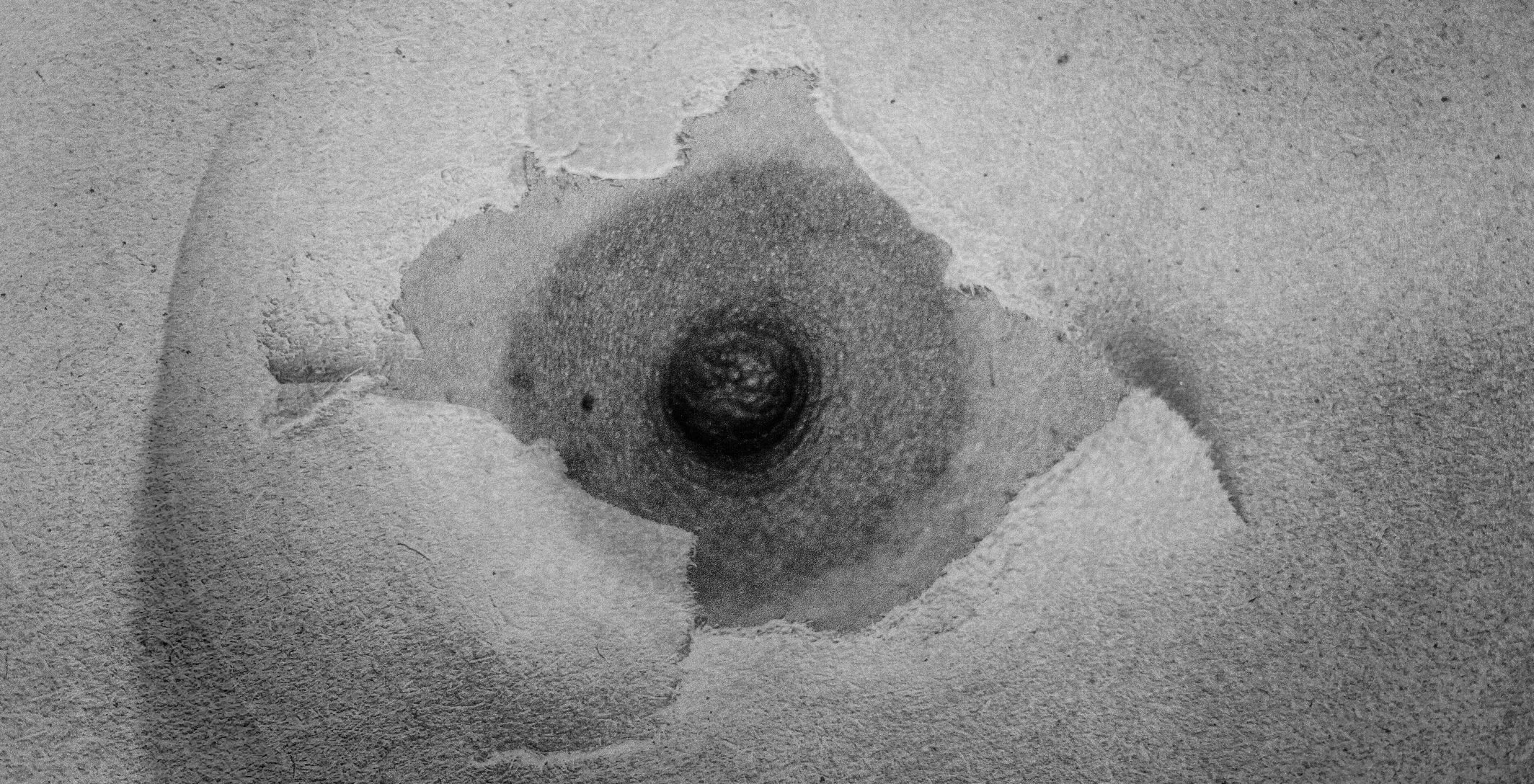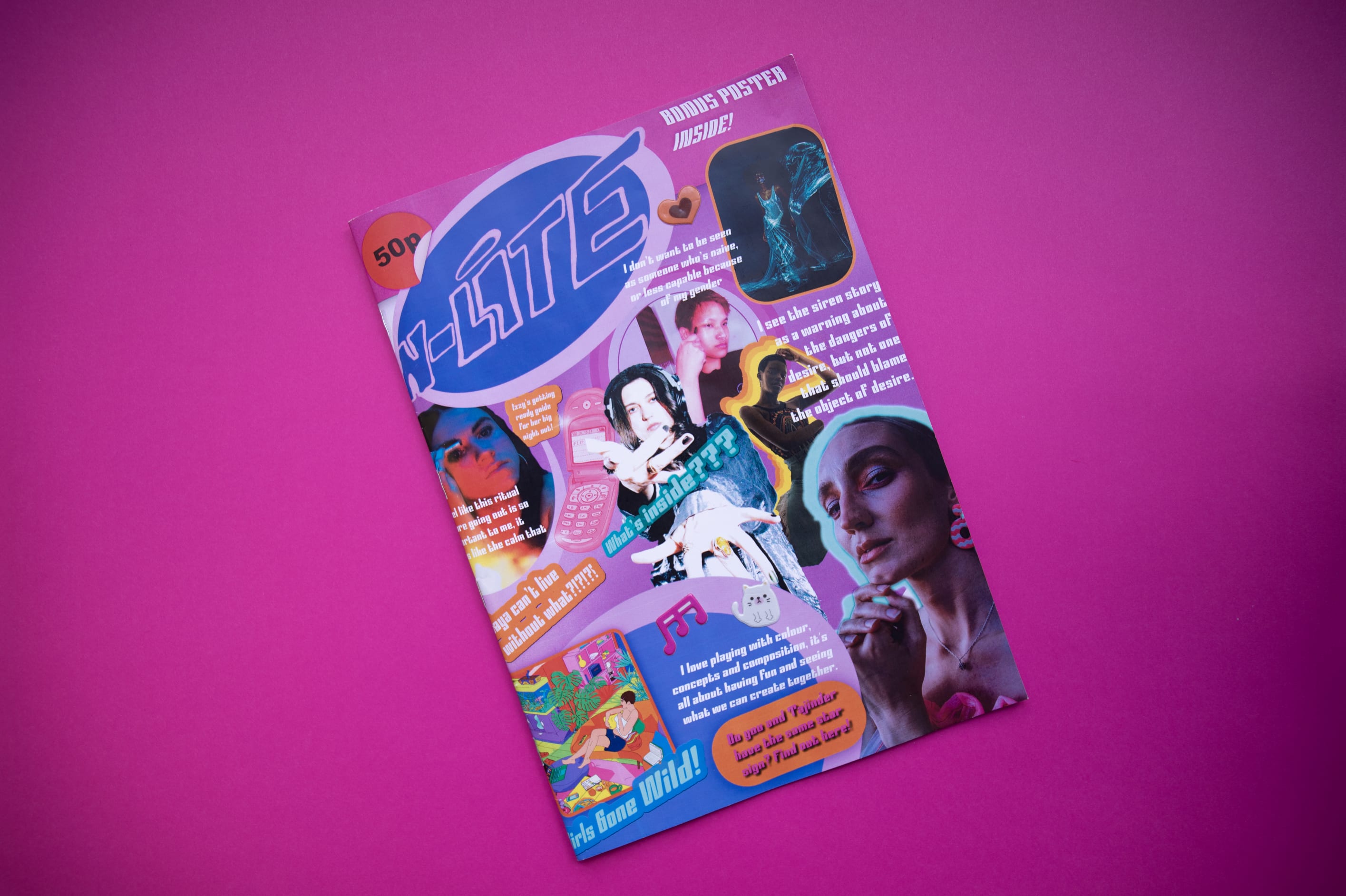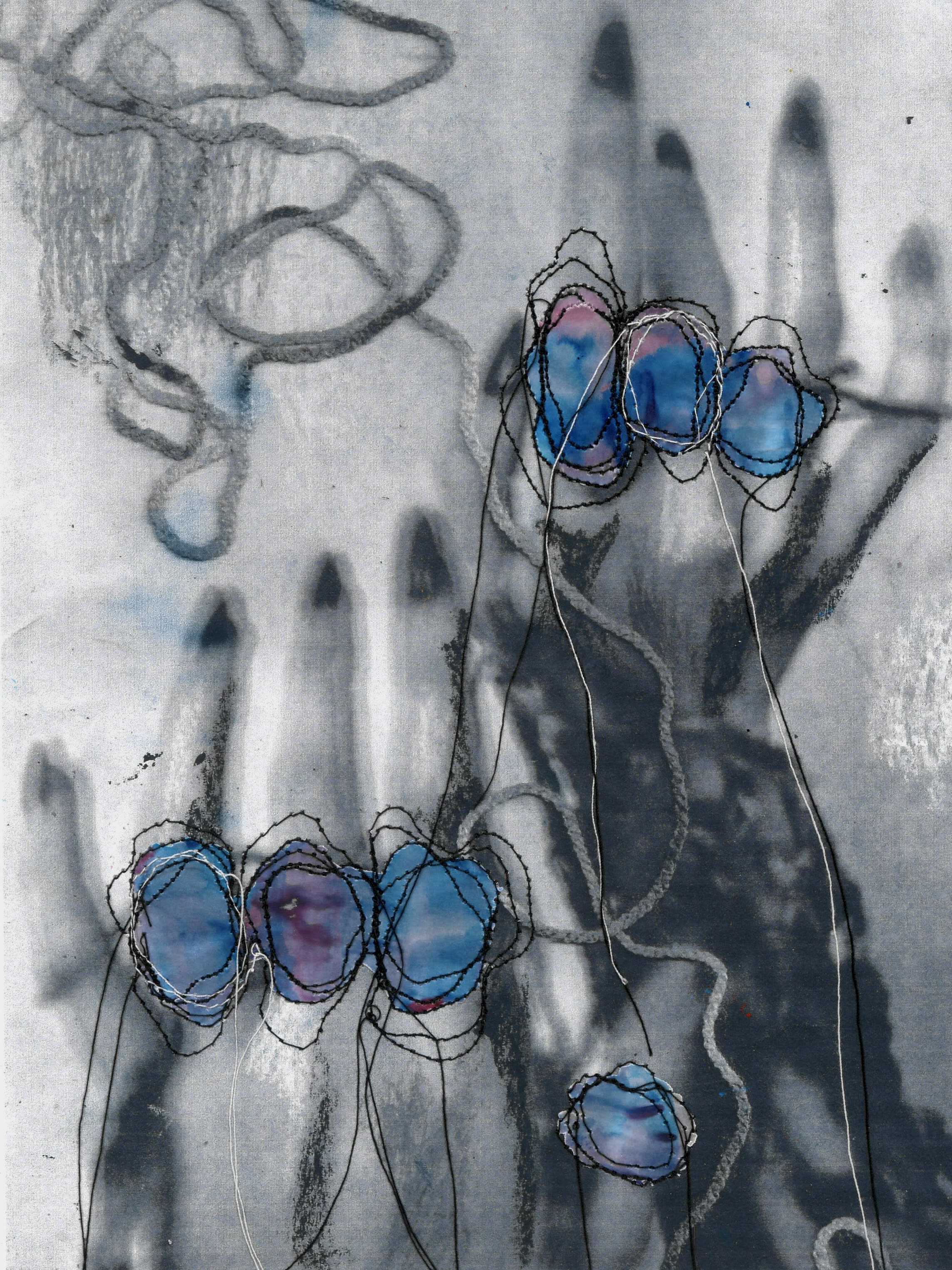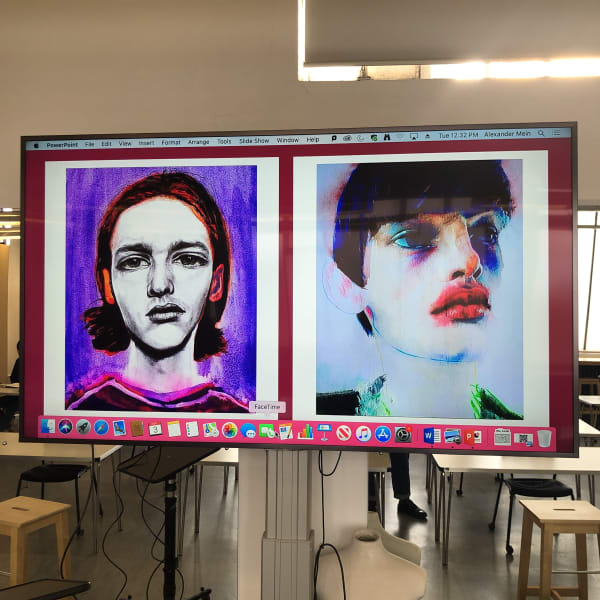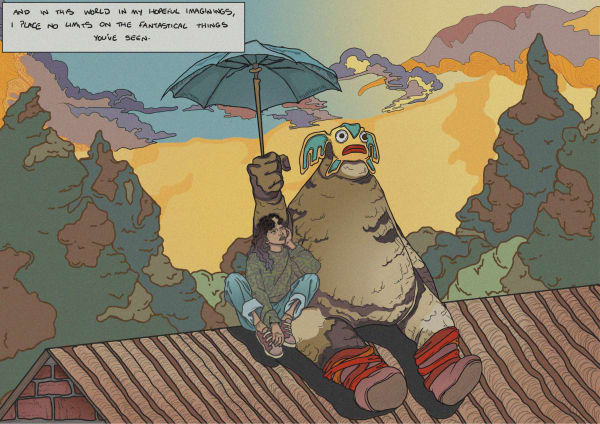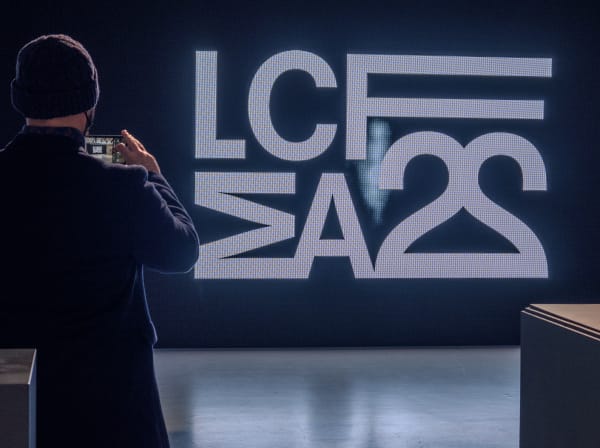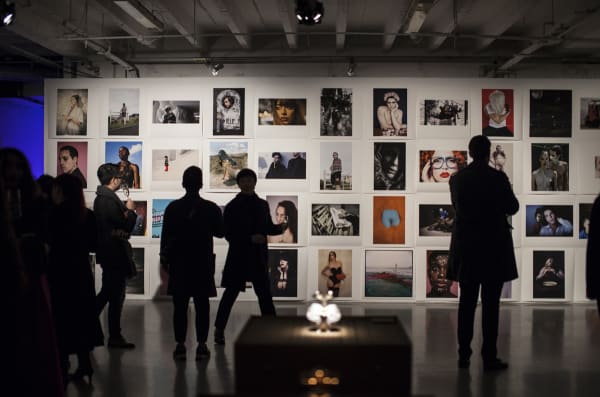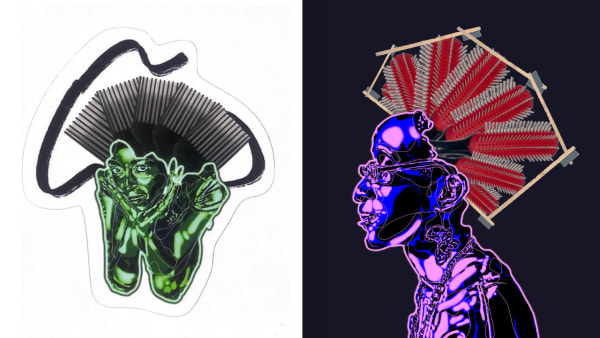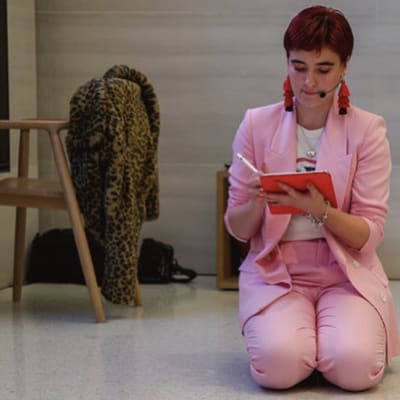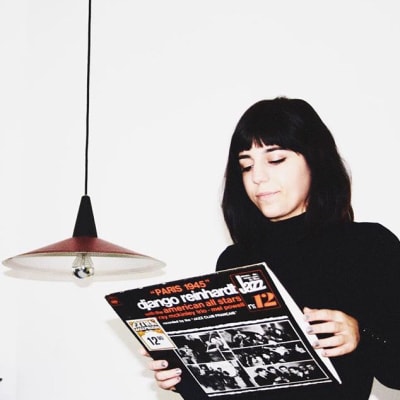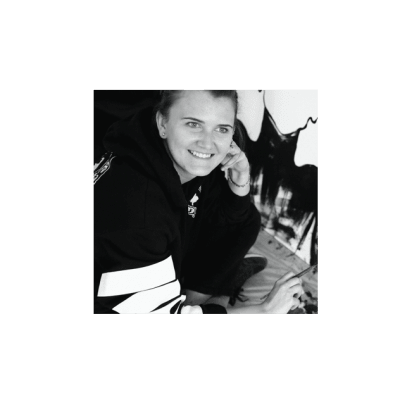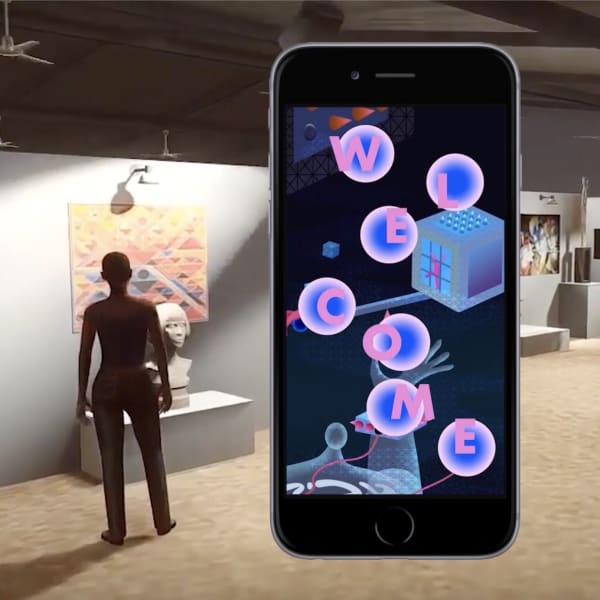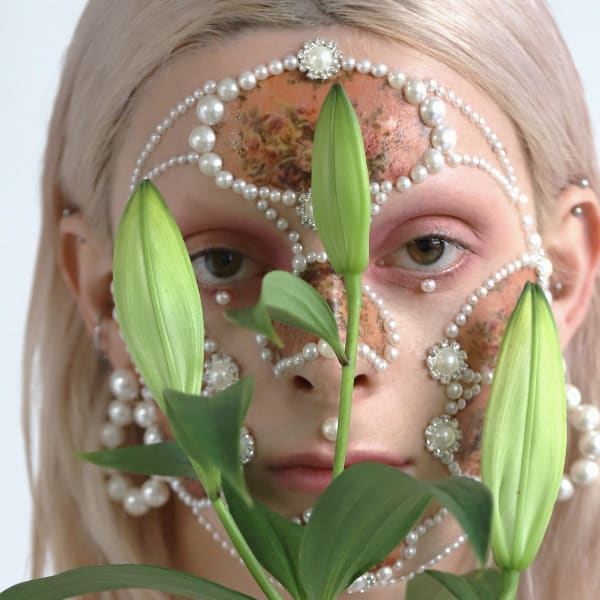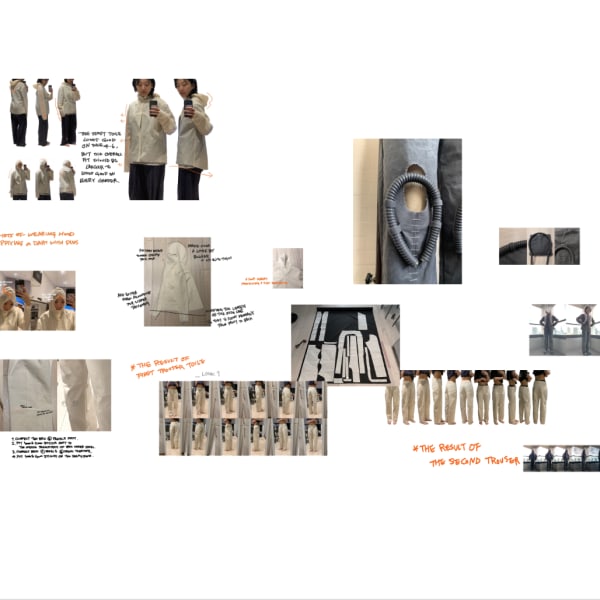Course units
Year one
-
Introduction to Fashion Illustration
-
Cross Media Narratives
-
Fashion Cultures and Histories
-
Better Lives
-
Fashion Illustration and Spatial Interaction
The first year of the course introduces students to a range of studio practices in fashion imaging and illustration. Students will be introduced to a variety of mediums and media in order to give them contemporary skills in image making with an emphasis on the skills needed to locate, navigate and communicate information and ideas effectively and appropriately. Students will take part in lectures and studio-based activities that will inform project research and development and students will also have the opportunity to work in groups and on collaborative projects on the course as well as across the media programme.
The first year of the course includes introductory sessions in digital imaging, graphic design and moving image.
The course remains underpinned by traditional drawing and illustration techniques and practices and students will learn how these integrate with digital outcomes.
The Intro to Fashion Illustration Unit is comprised of a series lectures, tutorials, seminars and workshops to help the student develop learning skills at HE and the requirements of effective studentship at undergraduate level, in order to help build on skills in research, reflective analysis and the essential aspects of the creative process.
Cross Media Narratives and Spatial Interaction Units are designed to get students to explore and challenge fashion imaging and illustration through an investigation of narrative and the environment. Students will be introduced to content production on digital platforms in the context of fashion specialisms of image making.
Year one takes students through all aspect of research into practice, recording and documenting of ideas as well as testing and experimentation of materials, processes and techniques in fashion image making.
Year two
-
The Interactive Brief
-
Critical Issues in Fashion Research
-
Creative Directions
-
Situating Your Practice; Fashioned Spaces or Media Placement
In the second year of the course, students are encouraged to integrate, experiment and explore fashion imaging and illustration techniques learned in year one, in an investigation of individual and professional practice-based approaches to fashion media production. The units require students to produce fashion media content for fashion film, fashion marketing campaigns while integrating analogue and digital processes. The teaching and learning will support and develop student’s individual visual language and approach to fashion imaging using a range of live and simulated briefs.
Professional practice and work placements form a key part of the second year. Students will also continue to build on and develop skills in working collaboratively across the media programme, learning to install fashion imaging and illustration in innovative ways based on client need for a range of diverse platforms. Students will begin to identify how their practice is situated within the fashion media industry and how to produce content in the context of fashion communication.
The second year is also about the student’s ability to broaden their understanding of fashion imaging and illustration through a series of project briefs supported by lecture, workshops and technical masterclasses.
A variety of themed projects, external lecturers will enable students to consider the role of the contemporary fashion illustrator and image maker. The second year will also help the student to situate their personal professional practice and the student will also be encouraged to apply for industry placements in the Media Placement.
Optional Diploma Year
CCI Creative Computing
Between years 2 and 3, you can undertake the year-long Diploma in Creative Computing. This will develop your skills in creative computing alongside your degree. After successfully completing the diploma and your undergraduate degree, you’ll graduate with an enhanced degree: BA (Hons) Fashion Imaging and Illustration (with Creative Computing).
CCI Apple Diploma
Between years 2 and 3, you can undertake the year-long Diploma in Apple Development. This will give you an opportunity to become an accredited apple developer alongside your degree. After successfully completing the diploma and your undergraduate degree, you’ll graduate with an enhanced degree: BA (Hons) Fashion Imaging and Illustration (with Apple Development).
Industry DIPS
This optional diploma can be taken between years 2 and 3. With support from your tutors, you’ll undertake an industry placement for a minimum of 100 days/20 weeks. As well as developing industry skills, you’ll gain an additional qualification upon successful completion.
Enterprise DIPS
This optional diploma can be taken between years 2 and 3. With support from your tutors, you’ll undertake an enterprise placement year where you will explore a business idea from proposal to minimal viable product (MVP). As well as developing enterprise skills, you’ll gain an additional qualification upon successful completion.
Year three
-
Collaborative Experimental Practice
-
Dissertation Media
-
Personal and Professional Project
The third year of the course sees the student engages in a combination of individual research, creative practice and production and the development of an industry focused portfolio of work.
A focus on collaboration and experimentation provides new ways to investigate and contextualise their discipline and methods.
Supported by tutorial, lectures and seminars, students will develop, plan and position their professional practice, by applying previous teaching and learning in the discipline.
